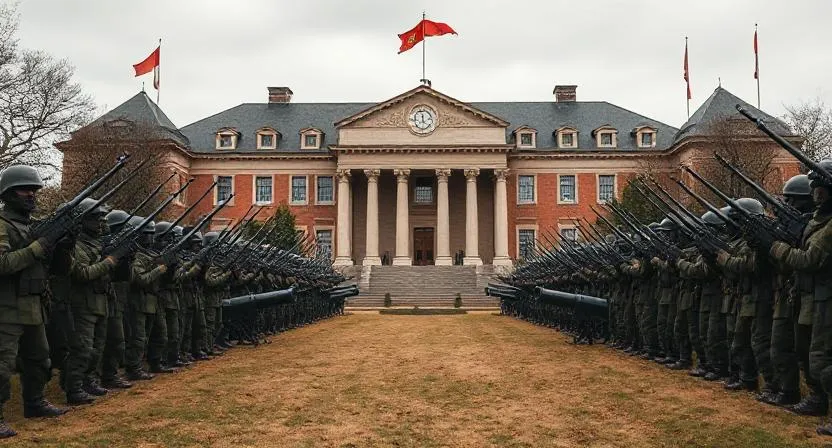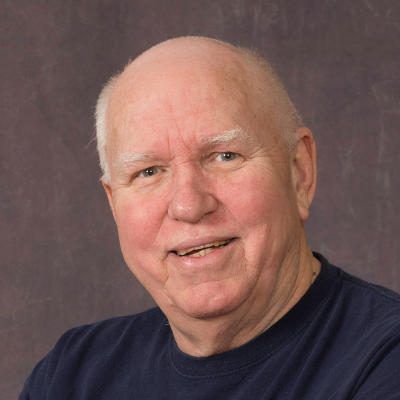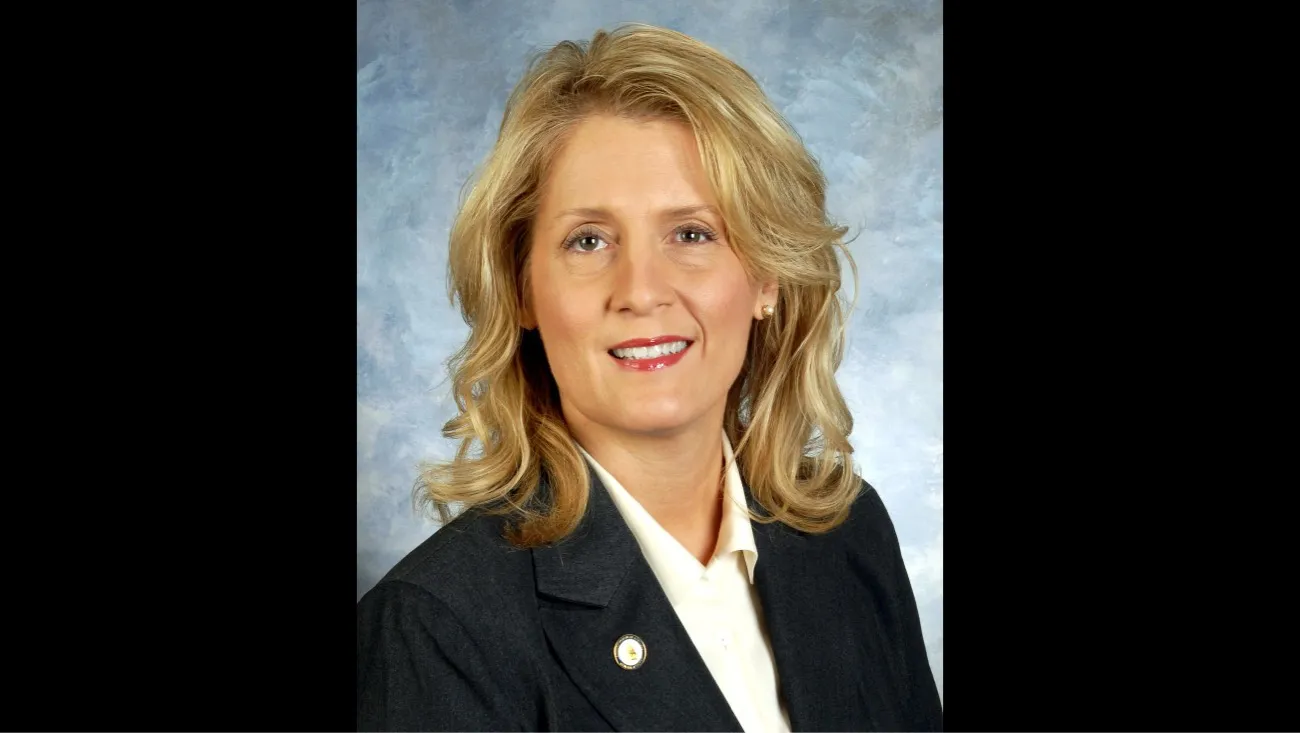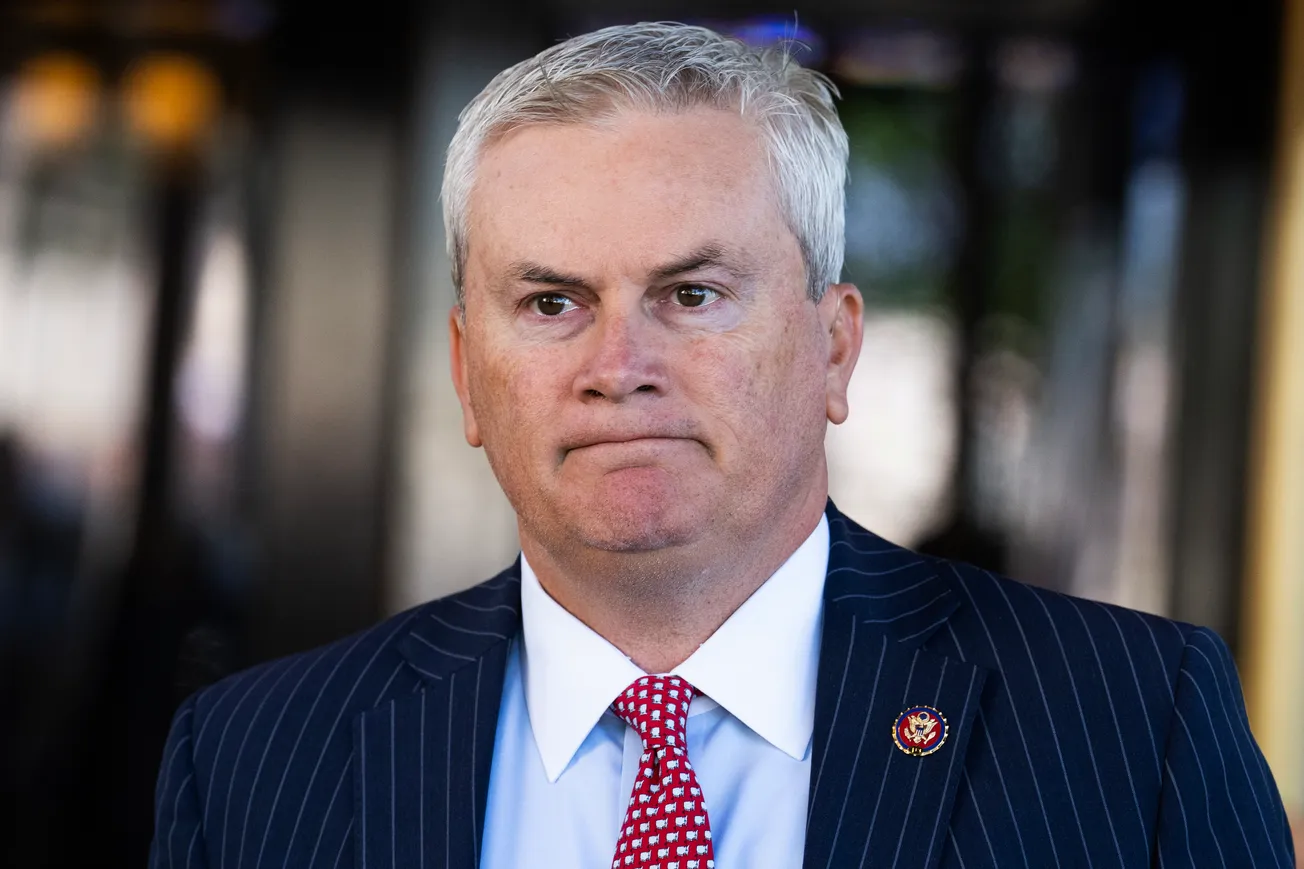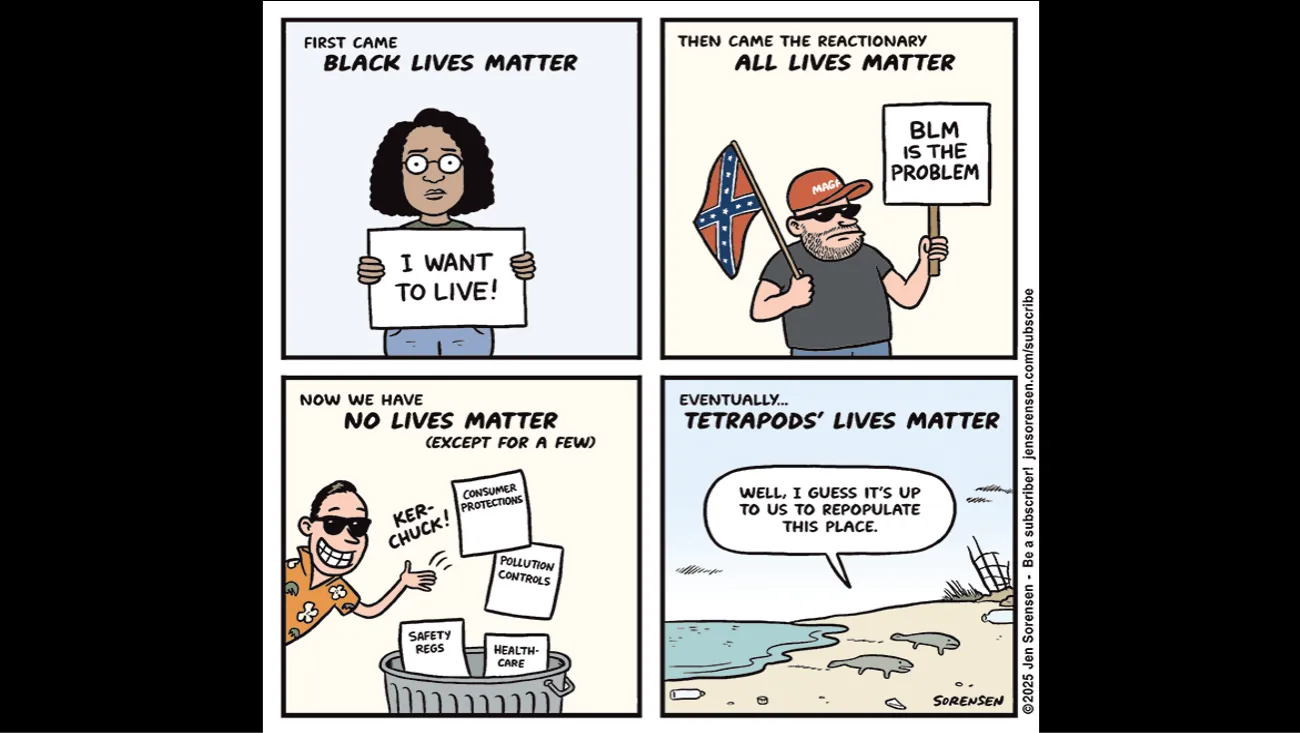Dr. Brian Clardy feels for college and university administrations who’ve been blindsided by President Donald Trump’s ideological assault on higher education.
The professor is especially sympathetic to presidents and other officials of public universities like Murray State, where he’s taught history since 2006. “When you take away federal funding from higher education in Red States like Kentucky and the state legislature follows suit, you’re in deep limbo and deep trouble,” he said.
Trump’s attack on higher education — mirrored in MAGA Republican-majority legislatures like Kentucky’s — has triggered shockwaves in public and private colleges and universities nationwide.
“One hundred days into Donald Trump’s second term, American higher education stands like a besieged city under occupation, its libraries smoldering, its laboratories ransacked, its scholars compelled to kneel at the altar of political conformity,” wrote UCLA professor emeritus Peter McLaren in LA Progressive. “What began as a war of words during his first presidency has matured into a coordinated siege – a campaign of financial strangulation, legal sabotage, and ideological purging unlike anything in the modern history of U.S. education.”
Clardy, a member of United Campus Workers of Kentucky and a former chair of the Kentucky Humanities Council, doesn’t mince words either: “Fascist regimes always come for the intellectuals first. This attack on higher education by this president was predictable.”
He said private colleges and universities with hefty endowments might be able to weather the storm. But state and regional universities like Murray — and public community colleges — depend heavily on federal and state funding.
He said presidents of public universities and community colleges “are caught in the crosshairs. Chances are they believe in academic freedom. They may want to criticize the policies of Donald Trump, but they know that the minute they do, and it comes to his attention, he’ll put a target on their backs. At the same time, donors who support Trump may stop giving.”
Clardy said Trump’s offensive against higher education reflects an old and deep strain of anti-intellectualism in American history. Populist demagogues have often ridiculed “ivory tower eggheads.” When he ran for president as a segregationist in 1968, former Alabama Gov. George Wallace ridiculed what he called “pointy-headed intellectuals.”
Trump, who ran three of the most overtly racist presidential campaigns since Wallace, has been compared to Wallace.
Trump’s base includes many white conservative evangelical Christians who have long been skeptical of “worldly” secular higher education. More recently, white Christian nationalists have swelled Religious Right ranks. Clardy recalled the old trope: “You can have all the degrees in the world, but if you don’t know Jesus you’re going to hell.”
Racism and xenophobia are a big part of Trump’s holy war on higher ed, according to McLaren: “If the first Trump term threw gasoline on the conservative culture war against universities, the second lit the match. DEI programs were the first to burn. With a bureaucratic sleight of hand — a Valentine’s Day massacre in the form of a ‘Dear Colleague’ letter — the Department of Education declared race-conscious initiatives unconstitutional and gave universities two weeks to comply or face funding cuts. Many capitulated, shuttering offices, rescinding scholarships, erasing years of institutional progress with the stroke of a trembling pen.
“But this was not a surgical strike; it was a slow immolation,” McLaren also wrote. “Federal grants — oxygen for the research and innovation that sustain American prestige — were cut or frozen outright. The National Institutes of Health, once a fountain of scientific advancement, saw its resources diverted, politicized, or dismantled. In this new regime, knowledge itself became suspect – especially if it came with a hyphenated identity or a passport from a Muslim-majority country.”
At first, college and university faculties and administrations seemed stunned by the speed and power of Trump’s onslaught. But some college and university leaders “are starting to mount a more muscular defense of academic freedom,” wrote Alice Speri in The Guardian. A statement denouncing the Trump administration’s “unprecedented government overreach and political interference“ was signed by more than 400 university presidents, and the list is growing. Another, signed by more than 100 former university heads, called for a coalition of local leaders, students, labor unions, and communities, across party affiliation, to “work against authoritarianism.”
UCW Kentucky, “the wall-to-wall campus and faculty, staff, graduate and undergraduate workers,” is making common cause with groups battling back against Trump’s attempt at a MAGA makeover of higher education, said UCW Kentucky member Shelly Baskin, who lives in Murray.
“Under the Trump administration, colleges and universities across the country are facing an unprecedented threat to their ability to educate students and conduct essential research,” he said. “For years we have seen a steady increase in rightwing attacks as part of a coordinated strategy to erode trust in higher education, weaken public institutions, and silence the voices of those who challenge the powerful.”
Baskin added that “Trump and his billionaire allies are threatening critical sources of federal and state funding, undermining academic freedom, and unlawfully targeting international students. These attacks have already led to funding cuts, job losses, and international students facing deportation.”
He added, “In coordination with national networks like Labor 4 Higher Ed and Higher Ed Labor United (HELU), our members have led town halls, rallies, and actions on campuses to defend what matters most. We’re fighting back against cuts to vital programs, services, and research; standing up for equity and inclusion for all students and workers; protecting the freedom to teach, learn, and organize; and demanding an end to the attacks on immigrant students and scholars.”
Clardy said Trump’s assault on learning isn’t confined to colleges and universities. “It’s also an attack on the arts and humanities and on public radio and television. It’s open season on the life of the mind.”
--30--


